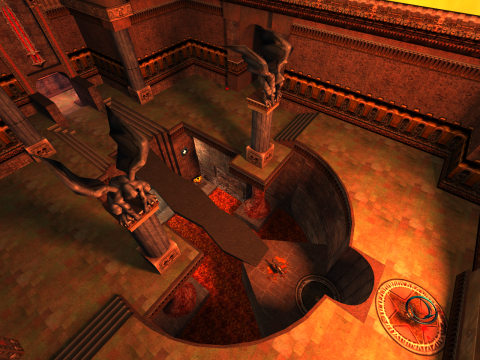Speaker: Lukas Lipp (Inst. 193-02)
This work discusses the extension of the popular Quake III game engine using real-time raytracing. It investigates how ray tracing can be implemented using the most recent graphics card generation by Nvidia which offers dedicated hardware support and acceleration via an new API. In addition, strategies will be discussed about how offline ray tracing algorithms can be transformed to an online real-time context. In order to implement ray tracing, Quake III needs to be extended with a Vulkan backend. Next distributed ray tracing is implemented and is used to render the whole game world except for the UI elements. The UI will be handled by the rasterizer. The performance and efficiency of ray tracing in a game engine using the RTX hardware features is analyzed and discussed. The focus lies on how quality and performance relate to each other, and how far ray tracing can be pushed with still acceptable frame rate of around 30/60 frames per second. Furthermore, implementation strategies which improve the quality, performance or both will be discussed.
